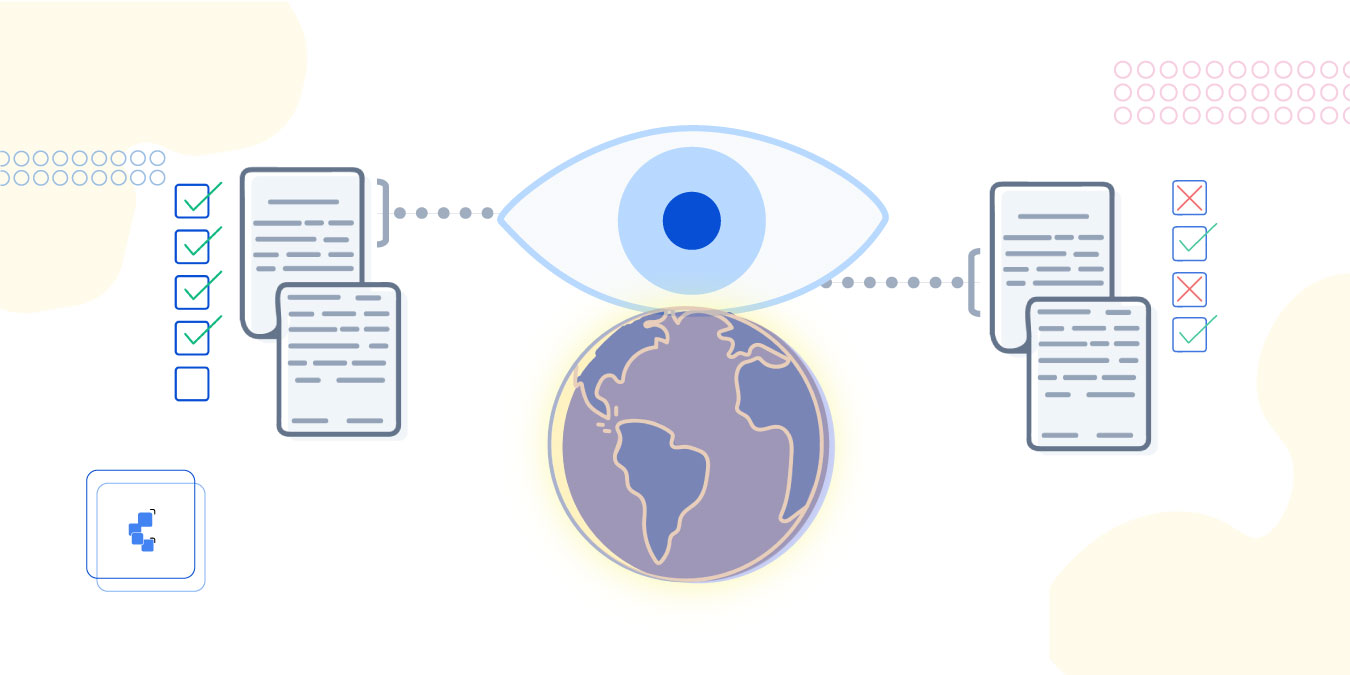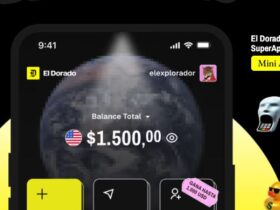Uniswap, one of the exchanges most popular decentralized exchanges (DEX) and built on the Ethereum (ETH) network, launched today, October 23, 2024, a permissionless bridge that allows users to carry out cross-chain transactions directly from its interface and its wallet.
This multi-chain bridge is available in beta versionas does Uniswap’s recently created network, Unichain. This chain was released in the format of testnet (test network) and “soon” the main network will be open, according to its roadmap.
The new function of this DEX It is initially enabled for nine networks: Ethereum, Base, Arbitrum, Polygon, OP Mainnet, Zora, Blast, World Chain and ZKsync.
Furthermore, in the advertisement They explained that only the tokens native to these networks (such as ether from Ethereum or ARB from Arbitrum) and the stablecoins will be compatible with the connection of this multi-chain bridge.
Thus, the integration of this bridge means that users can interact with different networks, move assets, carry out exchanges and add liquidity to the pools without leaving the interface of Uniswap.
This functionality would facilitate interoperability between different chains. For example, a user could change tokens of Ethereum for some other token from one of the eight networks that include this permissionless bridge, all directly from Uniswap. This saves time and reduces technical friction.
To use this function, users must, after choosing the asset they wish to link between these networks and then enter the new DEX section “swap across networks” (in Spanish, exchange between networks).

On the other hand, if you wanted to use this bridge on Uniswap To make a transfer of 1 ether from the Ethereum Sepolia (Ethereum test network) to Base Sepolia no commission fees would be applied (fees) in the service.
However, you would have to pay a gas commission cost. In this case it would be 0.0002472 ETH, which at the time of writing this is equivalent to 0.62 dollars. These fees are used to pay validators for their computational effort. Additionally, it would take 3 minutes for the transfer to complete.

To build this solution, from the DEX they point out that the Across protocol is a multi-chain bridging solution that allows transactions cross-chain “fast and safe”.
One of the biggest concerns with multi-chain bridges is security when transferring assets.
In this sense, according to their documentsAcross uses a security mechanism based on a modular architecture divided into three layers: layer of “Intents” (attempts), the relay layer and the settlement layer.
This modular system segment responsibilities security in the three separate layers, which would help reduce the risk of failures or vulnerabilities, and allows for more efficient and scalable management of the protocol.
These layers fulfill specific functions that together form a complete system of cross-chain interoperability.
This is how the Across three-layer system works
In the Layer Intents the users express their intentions or desires. For example, a user may want to transfer USDC from Ethereum to a second layer (L2) network or perform a tokens on the destination network.
The user deposits the assets on the source network and specifies what they want to happen on the destination network.
On the other hand, the second layer is designed to ensure that the transactions, which have been recorded and sent by the previous layer, are correct and valid.
Here the relays (also known as “solvers”) play a key role. They compete to fulfill users’ intentions. These relayers, individuals or entities, must advance their own capital to complete the transactions and in exchange receive rewards in it token native of Across, ACX.
Due to competition between relays, users get their orders fulfilled “quickly and at low cost.”
Ultimately, once the relayer has fulfilled the user’s intent, the Settlement Layer ensures that the assets reach their final destination, be it the destination blockchain or the wallet of the user.
Settlement is carried out using the data verification protocol Optimistic Oracle (OO) of UMA, which would minimize chain actions and reduce costs.
Thus, Uniswap is committed to offering a unified experience, where users do not have to interact directly with multiple bridges or interfaces.






Leave a Reply